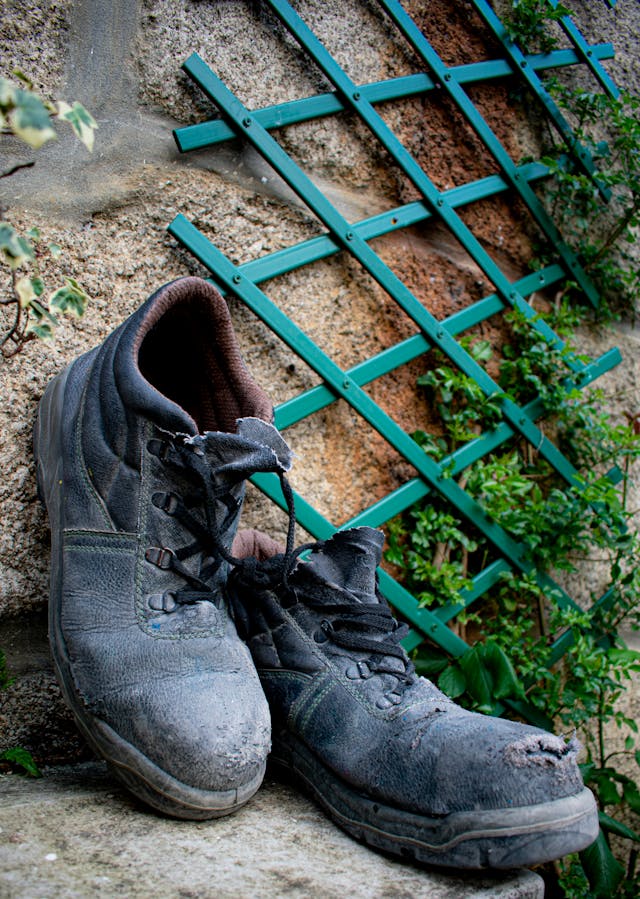
What is Boots theory? Boots theory is a theory that poor people have to buy low quality products that don’t last very long. This means they have to replace them often and end up spending more in the long run than they would have if they had been able to buy a more expensive product. It is also called the theory of socio-economic unfairness.
Boots theory is a theory that was introduced in one of Terry Pratchett’s Discworld novels. It is not technically an economic theory because it didn’t come from an economist, but it is certainly true and very observant. It has since been taken up in economics circles. The theory is introduced by a character called Sam Vines, who is the captain of the guards. He wants to buy a pair of boots, but a good pair of boots costs $50. He earns $38 a month, so he never has enough to buy the good pair of boots. That means he is reduced to buying cheaper boots which, although affordable to him, don’t last very long. They cost about $10 and he needs to replace them every year. The $50 pair of boots would last for a very long time because they are very well made, let’s say 10 years for the sake of argument. That means, because Sam Vines doesn’t have enough money to buy the expensive boots, he will end up paying $10 a year for the ten years that the expensive boots would last. He is paying twice as much, even though he is not paying much up front.
There is another example in the book of a wealthy lady who lives in a house with excellent quality furniture that her ancestors bought. Because of the quality of the furniture, she doesn’t need to buy any now and lives far more cheaply than captain Grimes can. Expense up from can lead to savings later on.
This is often called the trap of the poor because it is a trap that you need money to get out of. A good example is laundry. A washing machine costs roughly $300, according to Amazon. A decent one will be about $500. If someone doesn’t have enough money to buy a washing machine, they have three options. The first is to buy on credit. All credit cards charge interest and the person will end up paying more for the washing machine than buying it up front. If someone doesn’t have credit cards, then the second option is to rent a washing machine. This might cost $10 a month. That seems like a good deal because $10 is cheaper than $500, but in 4 years the rental washing machine has cost about the same as the purchased one and a purchased washing machine might be good for ten years or more. If someone cannot afford to rent, then the third option is a launderette. That might cost $2 to wash and $2 to dry. Plus many people will buy the washing powder there, which costs more than buying in bulk. After a few years, these people have again spent more than the purchase price of the washing machine. Because they cannot afford the $500, they end up spending far more. And, because they are spending so much to get by each month, they are trapped. Thus it is the trap of the poor. There are a lot of different examples of this. Buying a good new car with a warranty versus buying a cheap used car. The used car will end up needing to be repaired a lot more and will probably end up costing as much if not more than the good car.
This is a trap of the poor, but it might also be a trap of modern society as well. We have been taught that cheaper is better and we have become very used to living in a throwaway society. Even if we are not poor, we feel that it is better to pay less for something than to pay more. This seems like common sense. If you have two items side by side and one is a tenth of the cost of the other, most people will buy the cheaper of the two. However, if the more expensive one is made of a better material, it will last much longer and won’t need to be replaced. In the long run, buying the more expensive one at the beginning will save us money. It will also be much better for the environment. And this is what I learned today.
Sources
https://www.upworthy.com/boots-theory-why-rich-get-richer-ex1
https://en.wikipedia.org/wiki/Boots_theory
https://moneywise.com/managing-money/budgeting/boots-theory-of-socioeconomic-unfairness
https://www.fintechfutures.com/fintech/the-boots-theory-of-socioeconomic-unfairness
Photo by Clayton Anastácio: https://www.pexels.com/photo/black-damaged-shoes-on-ground-16904322/
